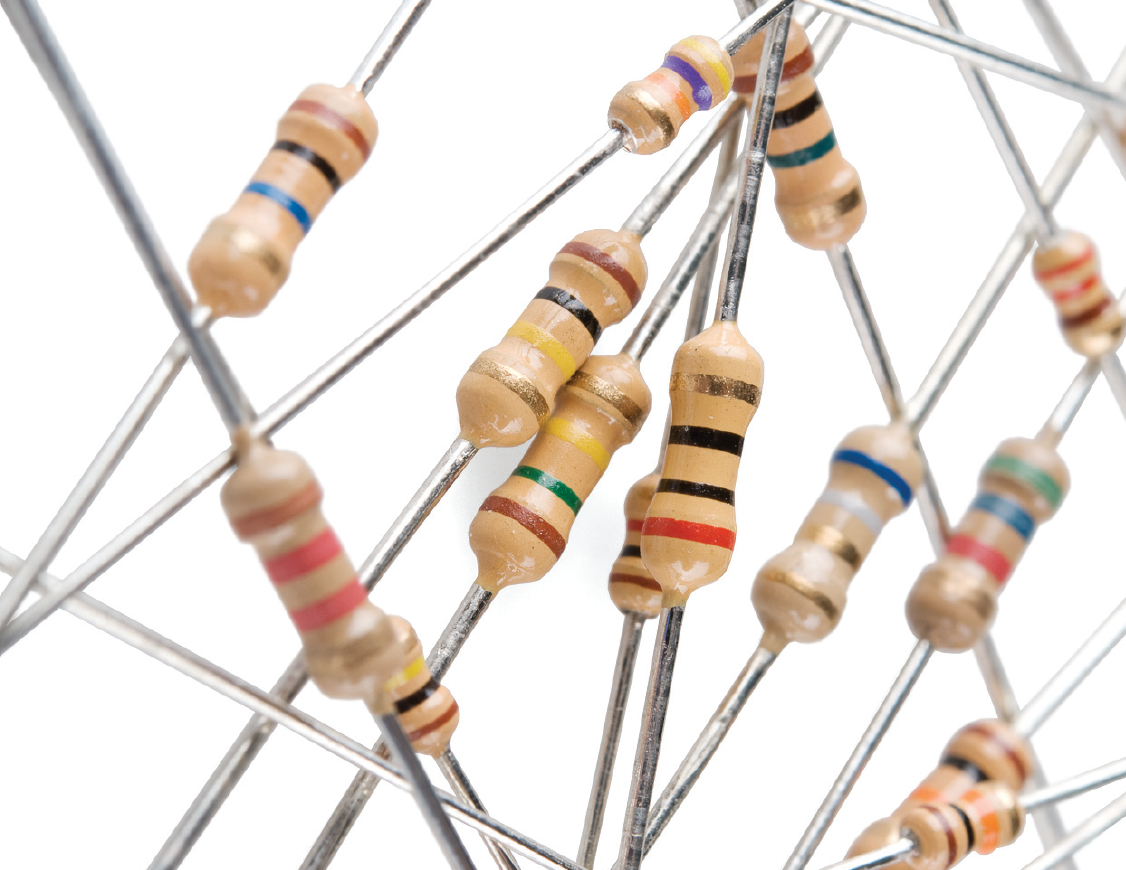
Before we dive right in, let’s go over the basics of electricity. When it comes to electricity, there are two categories called CONDUCTORS and INSULATORS. Conductors (Like metal) s allows the flow of electricity through them, but insulators (such as plastic, wood) do not. Right? Not really. Let’s take another look at it.
Generally, any substance will conduct electricity if there’s enough voltage running through it. That is when resistance comes in. A conductor has low resistance, while an insulator has much higher resistance.
Firstly, what is Resistance?
Resistance can be defined as the ease with which something will let electricity flow through it. The definition of resistance is based upon Ohm’s law given by the German physicist Georg Simon Ohm.
We all know Ohm’s Law from school right? Ohms law states that the current through a conductor between two points is directly proportional to the voltage across the two points. Therefore, V = I * R
What is the S.I Unit of resistance?
The SI-unit of resistance is Ohm [Ω]
What then is a resistor?
A Resistor is an electrical component that reduces electric current. A resistor's ability to reduce the current is called resistance.
Let’s consider a pipe through which water is allowed to flow. If the diameter of the pipe is reduced, the water flow will be reduced. If the force of the water is increased by increasing the pressure, then the energy will be dissipated as heat. There will also be an enormous difference in pressure in the head and tail ends of the pipe. In this example, the force applied to the water is similar to the current flowing through the resistance.
What are the types of resistors?
Carbon film resistors
Carbon film resistors are a type of fixed value resistor. They are constructed out of a ceramic carrier with a thin pure carbon film around them. This carbon film functions as resistive material.
Metal Film Resistors
Metal film resistors are made by placing a layer of metals such as ruthenium onto an insulating substrate. They are available in a large number of types and packages and compared to carbon film resistors, their construction is simpler to mass-produce and smaller physically. Metal film resistors have largely replaced carbon film resistors in most standard applications due to their lower noise, tighter tolerances, and generally better temperature coefficients
Wirewound Resistors
Wirewound resistors have some characteristics that are attractive in specialist applications, such as high precision instrumentation where tolerances much better than 0.01% and very low-temperature coefficients (TCR) are required.
Metal-oxide resistors
Metal-oxide film resistors are fixed value, axial resistors. They are made of ceramic rods that are coated with a thin film of metal oxides, such as tin oxide. Metal oxide film resistors must not be confused with metal oxide varistors, made of zinc oxide or silicon carbide.
Metal Strip Resistors
These are specialist resistors generally used for current measuring applications in power supplies. They are characterized by often very low ohmic values, so they are offered with relatively low-temperature coefficients and medium power dissipation to minimally affect the overall circuit operations.
Resistors ensure components receive the proper voltage by creating a voltage drop, and they can protect a component from voltage spikes. Each component in an electrical circuit, like a light or a switch, requires a specific voltage.
For more info about resistors, check out this article from the web.
 Share
Share